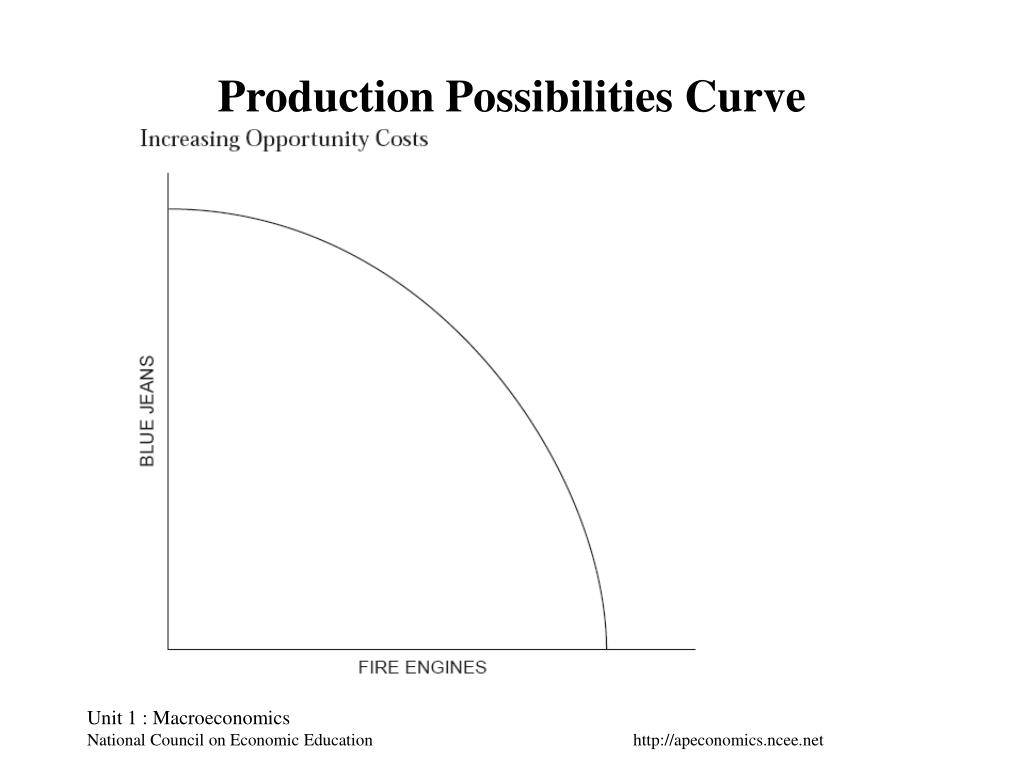

A United Nations Department of Social and Economic Affairs (UNDESA) webinar on the 9th of April 2020 noted that restrictive measures to contain the pandemic had significantly hamstrung the extent of human participation in production and commerce – most notably in the personalized care and services sectors. Governments, policy-makers, scientists, researchers and other stakeholders agree that things may never be the same, at least in the short to medium term. Thus the production of the first 100 oranges costs less in terms of opportunity cost (cost relative to other goods) than the production of the 100 oranges after one million oranges have been produced already.Across the world, a “new economy” post the Covid-19 pandemic is the buzzword. However, if total production of bushels of oranges is at one million per year, and we want to produce another 100 oranges, it is more difficult and more costly, because not as much good land is available to grow additional oranges. For example, a country that has no orange production and then chooses to produce 100 oranges per year will find it relatively easy to plant trees in areas that are conducive to growing oranges. In any economy, the production of the first few units is usually easier and cheaper, because the resources to produce these products are more readily available. This is because the production of the last 100 units of output (for example, the production change from 500 units of guns to 600 units of guns) requires more of a trade-off of roses than the production of the first 100 units of output. The production possibilities curve graphed above bows outward (it is concave). Increasing Costs and the Concave Shape of the Production Possibilities Curve This will be discussed in the next section. Over time, the economy may grow and realize greater production capacities to produce, and we may get to point F in the future. Point F is a production combination that cannot be achieved with the existing resources. If an economy is producing on the curve and the curve does not shift, increasing the production of one good or a category of goods always occurs at the expense (opportunity cost or trade-off) of the production of another good or category of goods.Ī point inside the curve, for example 300 guns and 350 roses (point G), represents an output combination that is produced using fewer than the available resources (unemployment), or with all the resources, but with the resources used inefficiently (underemployment). When economists discuss the concept of scarcity, they mean that resources are limited and that at any given point in time, production is limited. It follows that output cannot increase if resources and technology remain constant. If a country does not use its resources efficiently, it experiences unemployment and is operating inside the production possibilities curve (point G).Īny point on the curve (full employment) illustrates an output combination that is the maximum that can be produced with the existing resources and technology. All resources are used, and they are utilized as efficiently as possible (points E, C, B, A, and D).
#Production possibilities curve full#
If an economy is operating at a point on the production possibilities curve, it is operating at full employment. Numerous other combinations (for example, points D, E, G or points in-between), are possible.Ī production possibilities curve represents outcome or production combinations that can be produced with a given amount of resources.

Or it can produce 300 units of guns and 580 units of roses (point A). However, it can also, with the same resources, produce 400 units of guns and 500 units of roses (point B). It can produce 500 units of guns and 350 units of roses (point C on the graph below). This country has some choices (possibilities) regarding how it uses its resources.

“Roses” represents all consumer products. You can think of “guns” as representing the category of military products. Let’s say that a very small hypothetical country uses 100 acres of land, 20 machines, and 50 workers, and is able to produce two products: guns and roses. A production possibilities curve represents production combinations that can be produced with a given amount of resources. In order to produce, a country must use its resources, including land, labor, capital, and raw materials. When we study how a country can best increase its wealth, we must look at its production behavior.


 0 kommentar(er)
0 kommentar(er)
